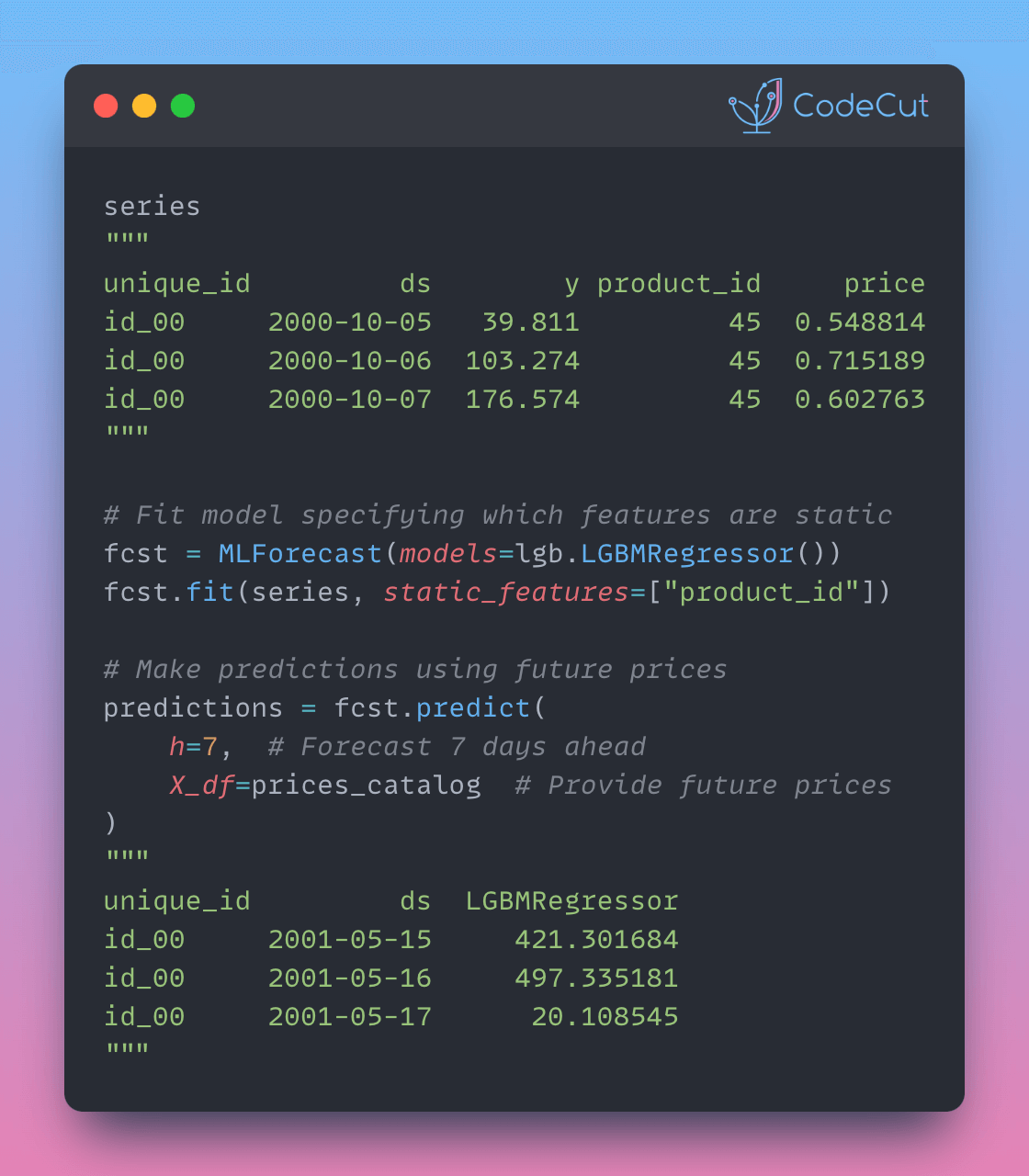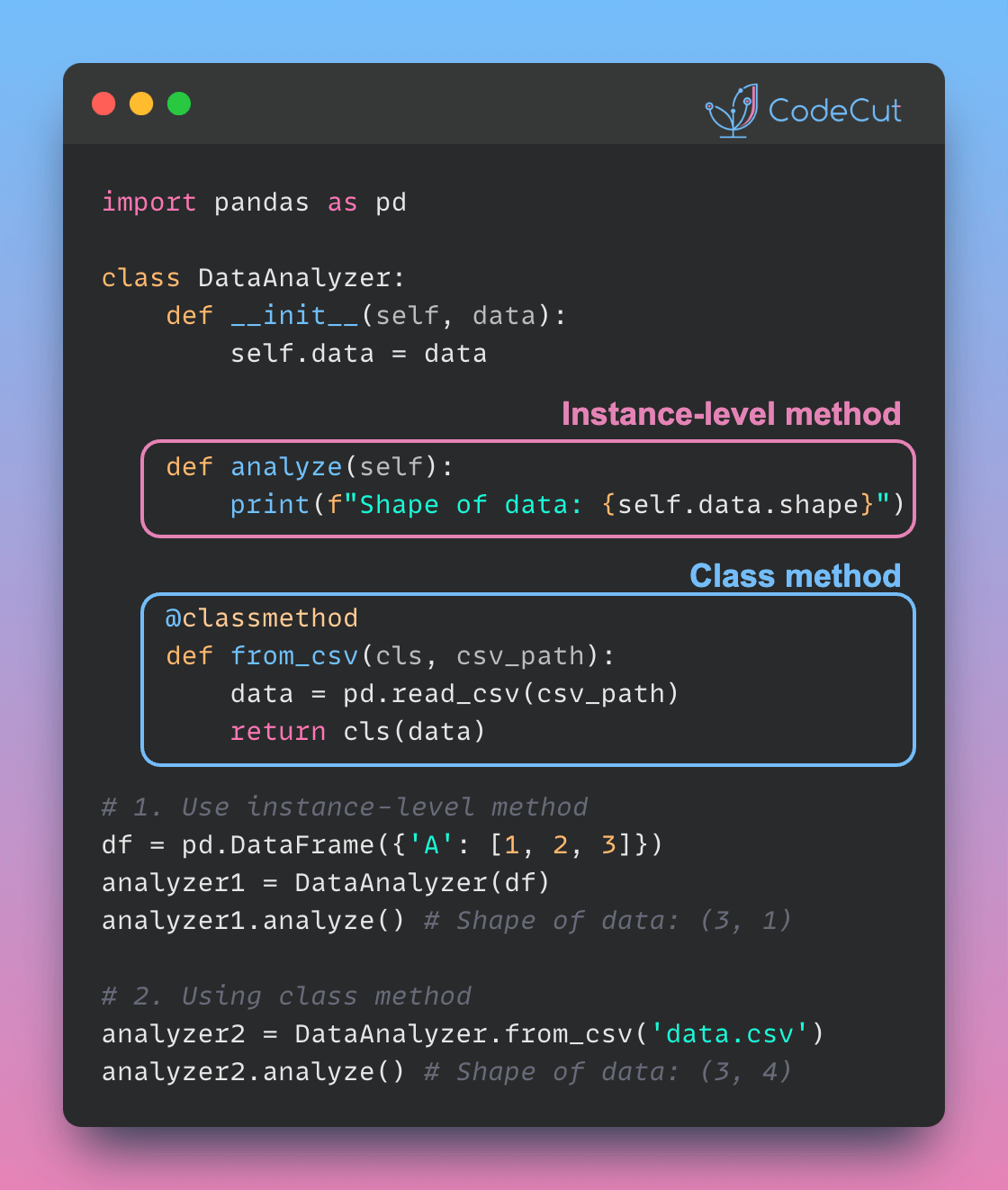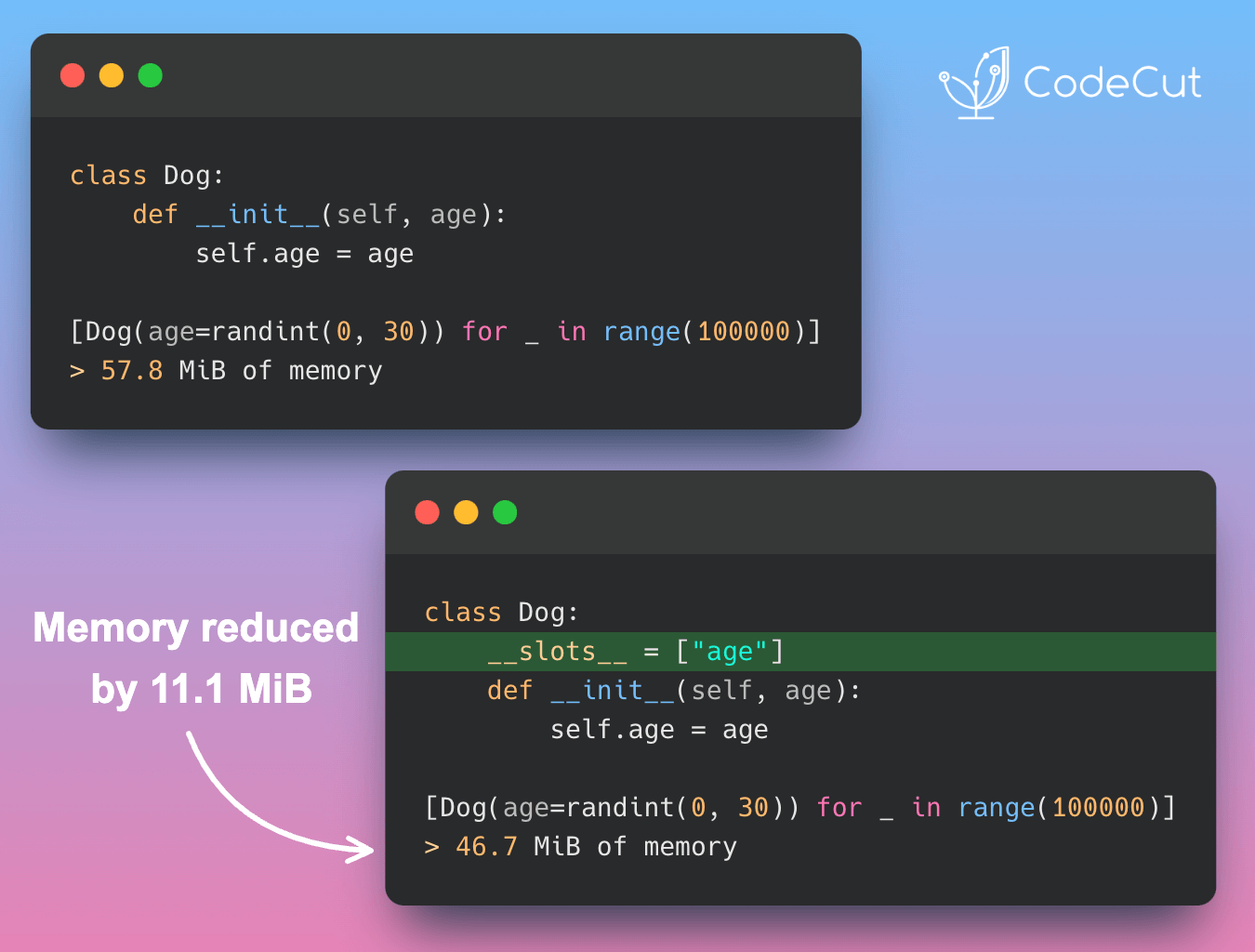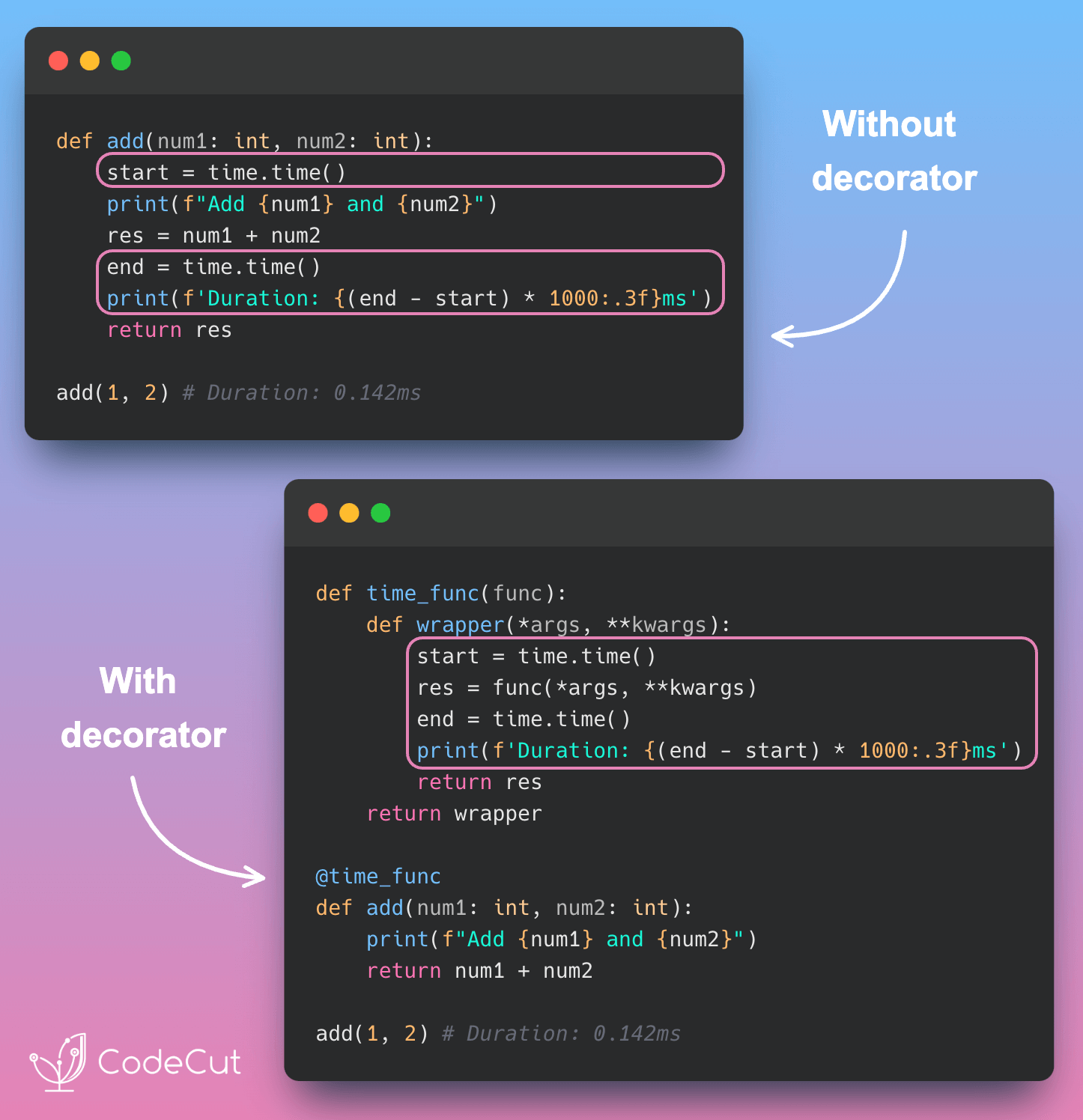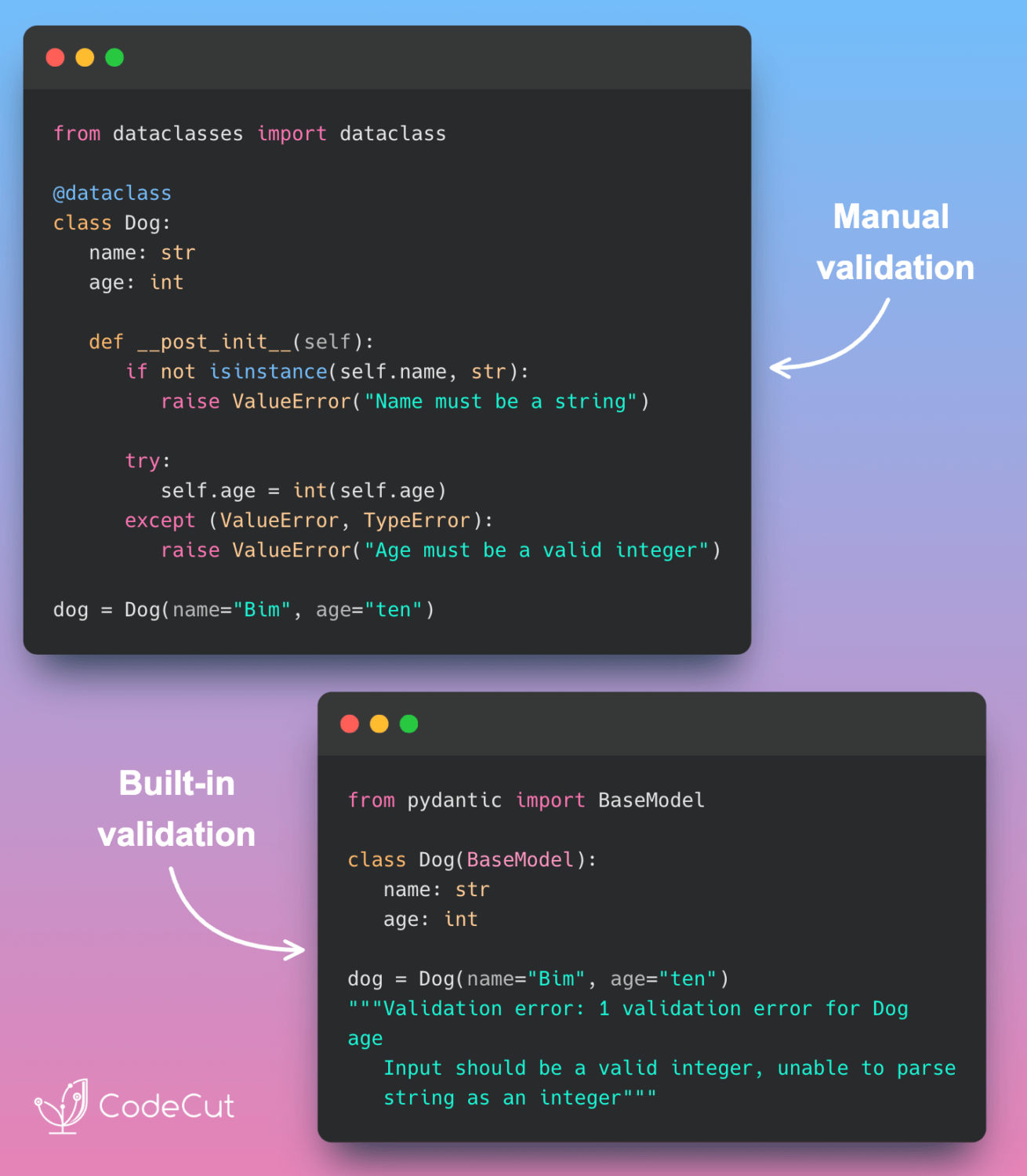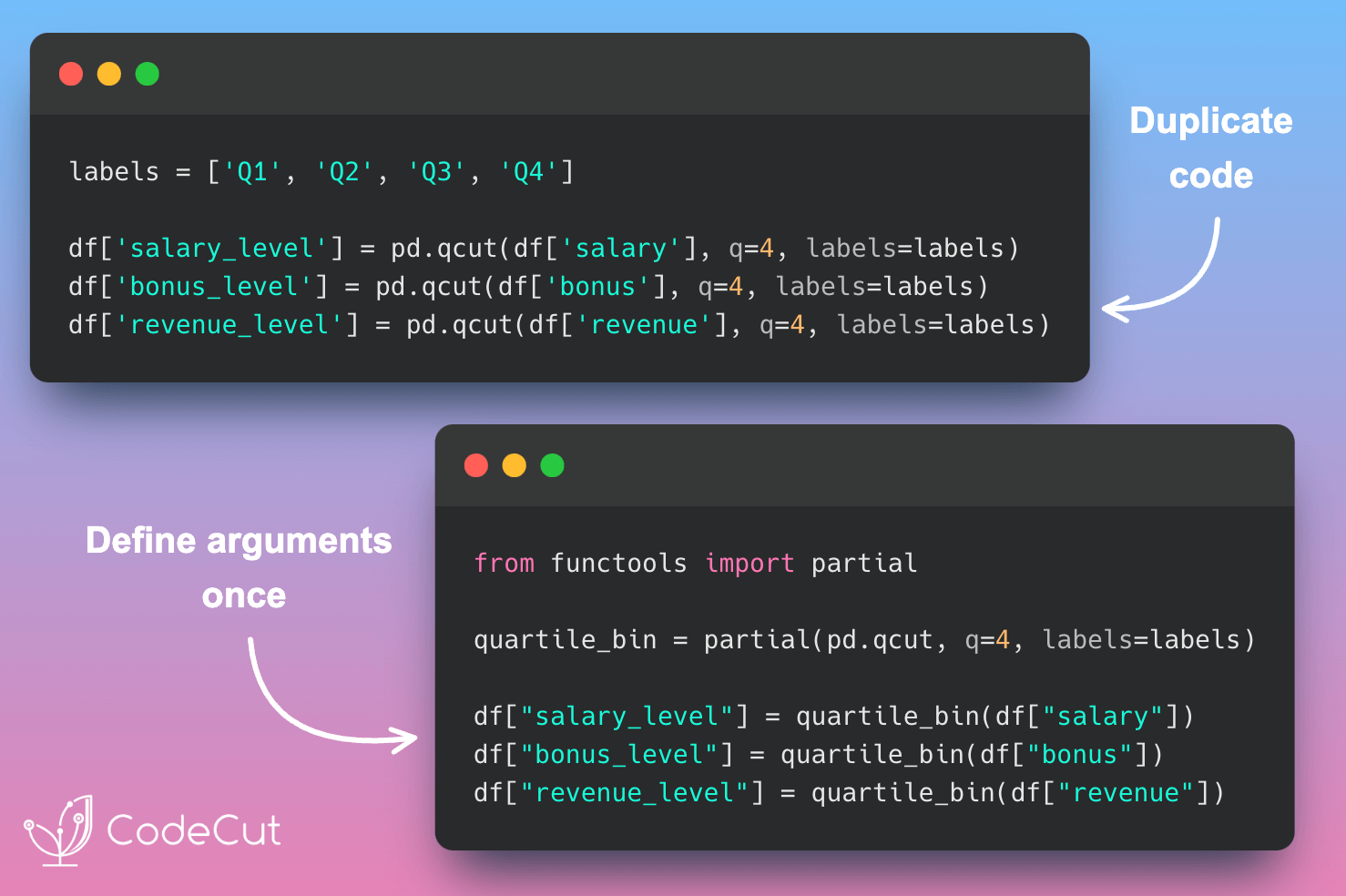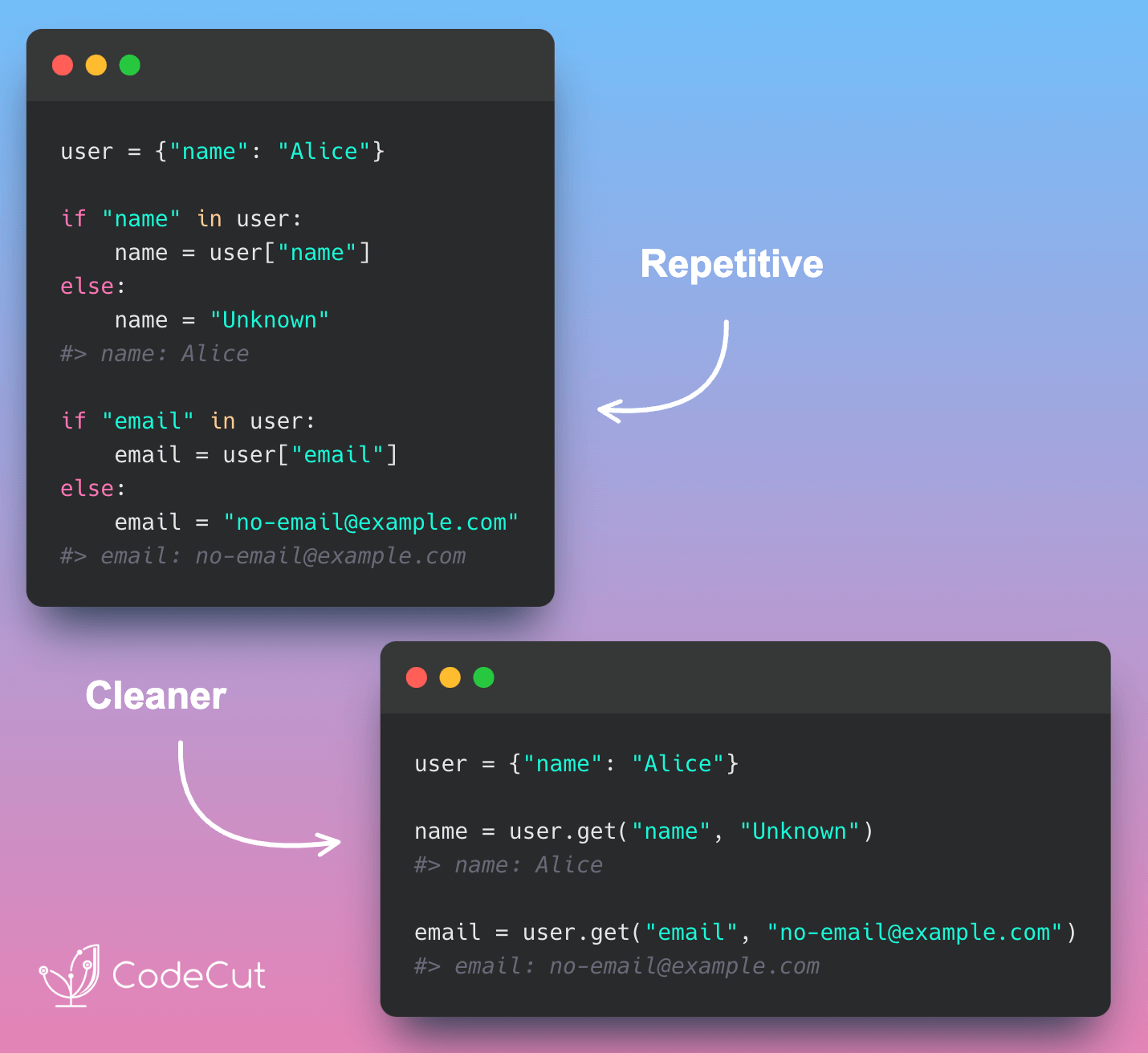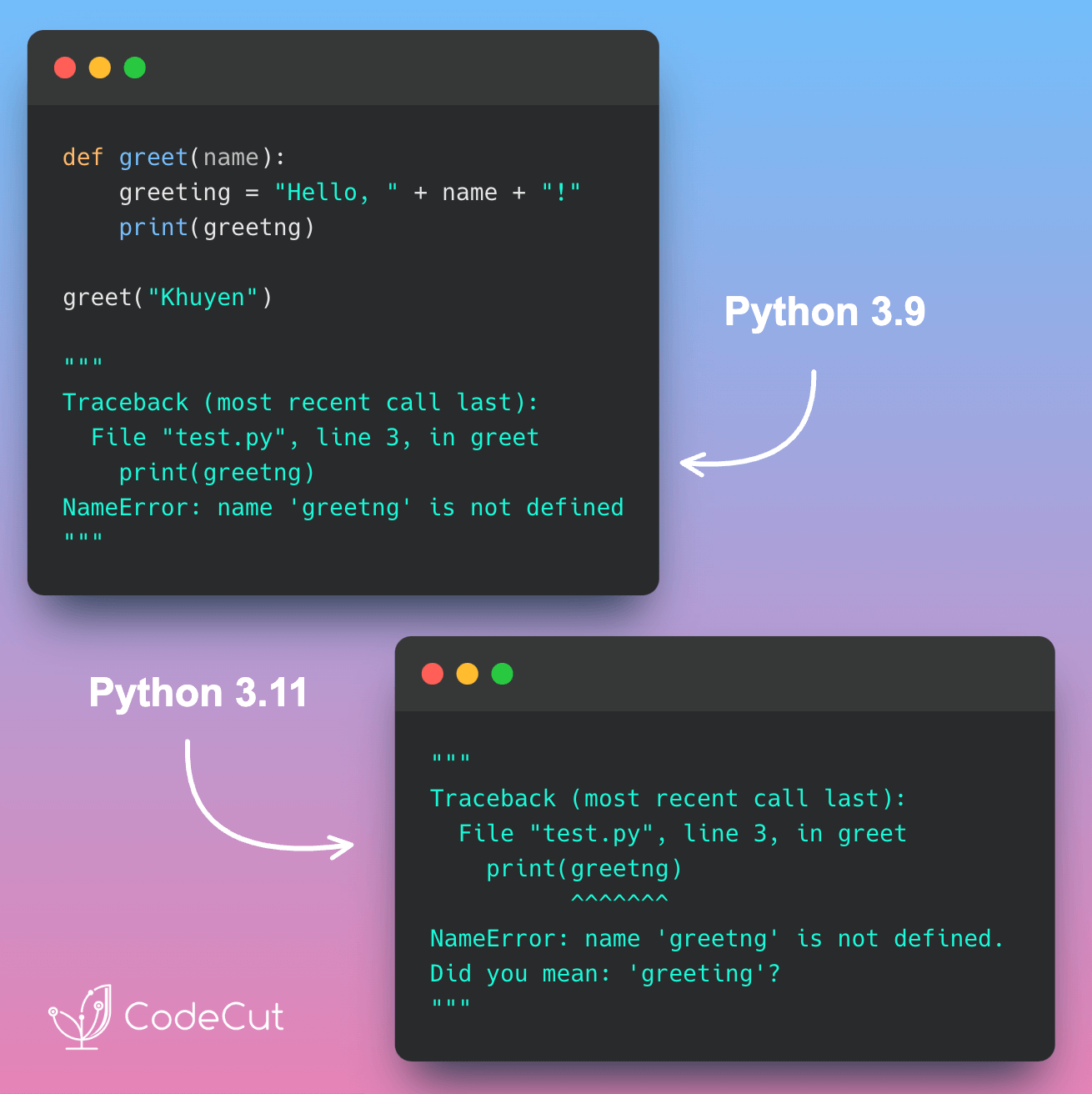MLForecast: Automate External Feature Handling
Motivation
Time series forecasting often requires incorporating external factors that can influence the target variable. However, handling these external factors (exogenous features) can be complex, especially when some features remain constant while others change over time.
# Example without proper handling of exogenous features
import pandas as pd
# Sales data with product info and prices
data = pd.DataFrame({
'date': ['2024-01-01', '2024-01-02', '2024-01-03'],
'product_id': [1, 1, 1],
'category': ['electronics', 'electronics', 'electronics'],
'price': [99.99, 89.99, 94.99],
'sales': [150, 200, 175]
})
# Difficult to handle static (category) vs dynamic (price) features
# Risk of data leakage or incorrect feature engineering
This code shows the challenge of handling both static features (product category) and dynamic features (price) in time series forecasting. Without proper handling, you might incorrectly use future information or miss important patterns in the data.
Understanding Features in Time Series
Before diving into MLForecast, let’s understand two important concepts:
Static features: These are features that don’t change over time (like product category or location)
Dynamic features (exogenous): These are features that change over time (like price or weather)
Introduction to MLForecast
MLForecast is a Python library that simplifies time series forecasting with machine learning models while properly handling both static and dynamic features. It can be installed using:
pip install mlforecast
As covered in the past article about MLForecast’s workflow, it provides an integrated approach to time series forecasting. In this post, we will focus on its exogenous features capabilities.
Working with Exogenous Features
MLForecast makes it easy to handle both static and dynamic features in your forecasting models. Here’s how:
First, let’s prepare our data with both types of features:
import lightgbm as lgb
from mlforecast import MLForecast
from mlforecast.utils import generate_daily_series, generate_prices_for_series
# Generate sample data
series = generate_daily_series(100, equal_ends=True, n_static_features=2)
series = series.rename(columns={"static_0": "store_id", "static_1": "product_id"})
# Generate price catalog (dynamic feature)
prices_catalog = generate_prices_for_series(series)
# Merge static and dynamic features
series_with_prices = series.merge(prices_catalog, how='left')
print(series_with_prices.head(10))
Output:
unique_id ds y store_id product_id price
0 id_00 2000-10-05 39.811983 79 45 0.548814
1 id_00 2000-10-06 103.274013 79 45 0.715189
2 id_00 2000-10-07 176.574744 79 45 0.602763
3 id_00 2000-10-08 258.987900 79 45 0.544883
4 id_00 2000-10-09 344.940404 79 45 0.423655
5 id_00 2000-10-10 413.520305 79 45 0.645894
6 id_00 2000-10-11 506.990093 79 45 0.437587
7 id_00 2000-10-12 12.688070 79 45 0.891773
8 id_00 2000-10-13 111.133819 79 45 0.963663
9 id_00 2000-10-14 197.982842 79 45 0.383442
Now, let’s create and train our model:
# Create MLForecast model
fcst = MLForecast(
models=lgb.LGBMRegressor(random_state=0),
freq="D",
lags=[7], # Use 7-day lag
date_features=["dayofweek"], # Add day of week as feature
)
# Fit model specifying which features are static
fcst.fit(
series_with_prices,
static_features=["store_id", "product_id"], # Specify static features
)
# Check which features are used for training
print("\nFeatures used for training:")
print(fcst.ts.features_order_)
Output:
Features used for training:
['store_id', 'product_id', 'price', 'lag7', 'dayofweek']
Generate predictions:
# Make predictions using future prices
predictions = fcst.predict(
h=7, # Forecast 7 days ahead
X_df=prices_catalog # Provide future prices
)
predictions.head(10)
Output:
unique_id ds LGBMRegressor
0 id_00 2001-05-15 421.301684
1 id_00 2001-05-16 497.335181
2 id_00 2001-05-17 20.108545
3 id_00 2001-05-18 101.930145
4 id_00 2001-05-19 184.264253
5 id_00 2001-05-20 260.803990
6 id_00 2001-05-21 343.501305
7 id_01 2001-05-15 118.299009
8 id_01 2001-05-16 148.793503
9 id_01 2001-05-17 184.066779
The output shows forecasted values that take into account both static features (product information) and dynamic features (prices).
MLForecast vs Traditional Approaches
Traditional approaches often require separate handling of static and dynamic features, leading to complex preprocessing pipelines. MLForecast simplifies this by:
Automatically managing feature types
Preventing data leakage
Providing an integrated workflow
Conclusion
MLForecast’s handling of exogenous features significantly simplifies time series forecasting by providing a clean interface for both static and dynamic features. This makes it easier to incorporate external information into your forecasts while maintaining proper time series practices.
Link to MLForecast
Favorite
MLForecast: Automate External Feature Handling Read More »

